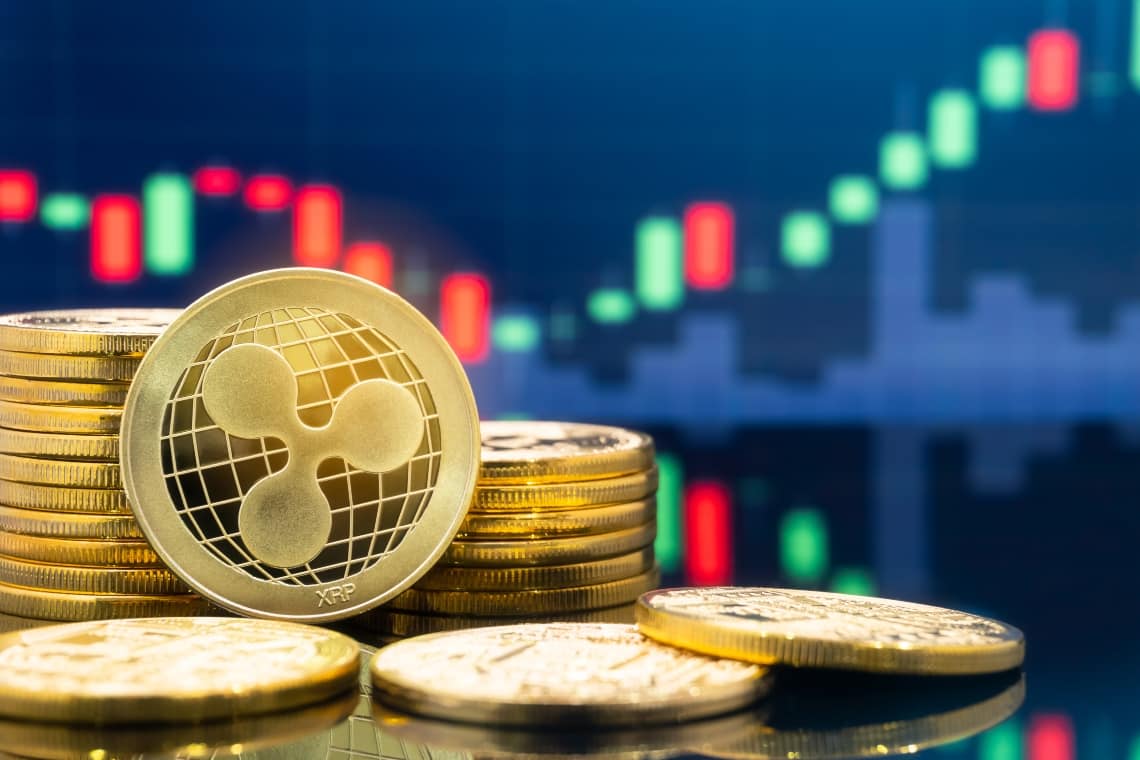Ripple (XRP) is the native cryptocurrency of RippleNet and aims to be the leader in digital payments.
Summary
Ripple and the transoceanic payments system

Actually, Ripple is not based on a real blockchain but a DLT (Distributed Ledger Technology) in the broad sense of the technology.
Compared to Bitcoin, Ethereum, or other third-generation blockchains, its consensus algorithm is based neither on a PoW nor a PoS model.
In fact, the verification of transactions and the global state of the ledger is based entirely on trust, which is controlled by a few validator nodes.
If whoever is in charge of validating network updates asserts that that information is true, then it necessarily turns out to be valid for everyone. In addition, the storage of transaction status is not based on a block structure, as is usually the case in traditional blockchains.
That saves Ripple a considerable amount of energy, which turns into a big advantage: negligible network fees.
Certainly, this factor plays a key role and could make a difference in Ripple’s role as a future leader in digital payments.
Currently, the transaction cost on the Ripple network is 0.00001 XRP, about $0.0000034 at the time of writing. Nothing like the $5-6 minimum required by the Ethereum blockchain, which in peak periods can even exceed $100.
Thus, it becomes clear that by considering this feature alone, Ripple gains a huge advantage.
In addition, the XRP Ledger can handle 1500 tps, with an average execution speed of 3 to 5 seconds.
The hot topic of Ripple’s level of decentralization
However, there is a big issue related to security and decentralization of the network. Proponents of decentralization, those who really like the ideals that support pure blockchain technology and cryptocurrencies, have always criticized this aspect of Ripple.
XRP indeed is a cryptocurrency, but the system and infrastructure that support it are extremely centralized. Suffice it to say that Ripple Labs controls about 80% of XRP’s reserves.
The irony lies in the fact that they boast an adequate degree of decentralization, thanks partly to their 150 validator nodes scattered around the world.
Cardano exploits a DPoS (Delegated Proof of Stake) consensus algorithm, thanks to which it solves the decentralization problem more than satisfactorily: at the moment, the network has 3182 validator nodes, slightly more than Ripple in short.
Be that as it may, it is well known that Ripple has never aimed at decentralization. Rather, it wants to establish itself as a digital payments hub and leverage XRP to power the processes underlying financial products and services offering. In this regard, it has forged significant partnerships and, not surprisingly, with large banks. Among these, it is worth mentioning Santander and HSBC.




